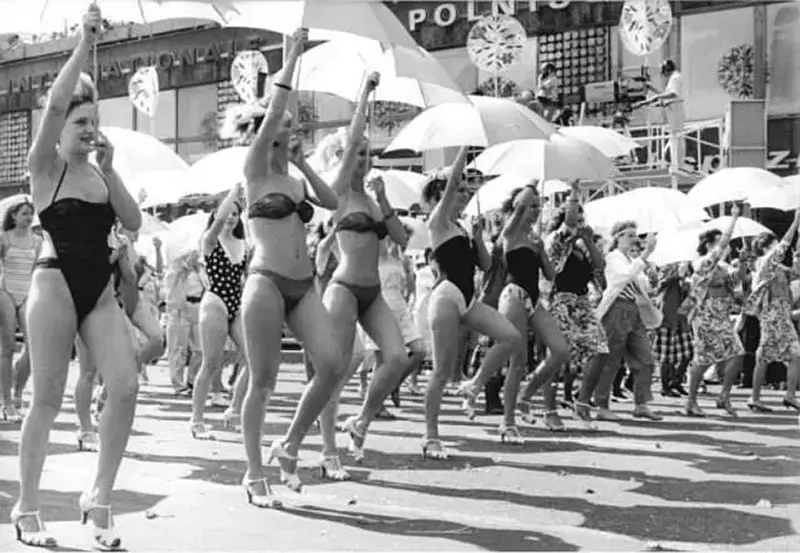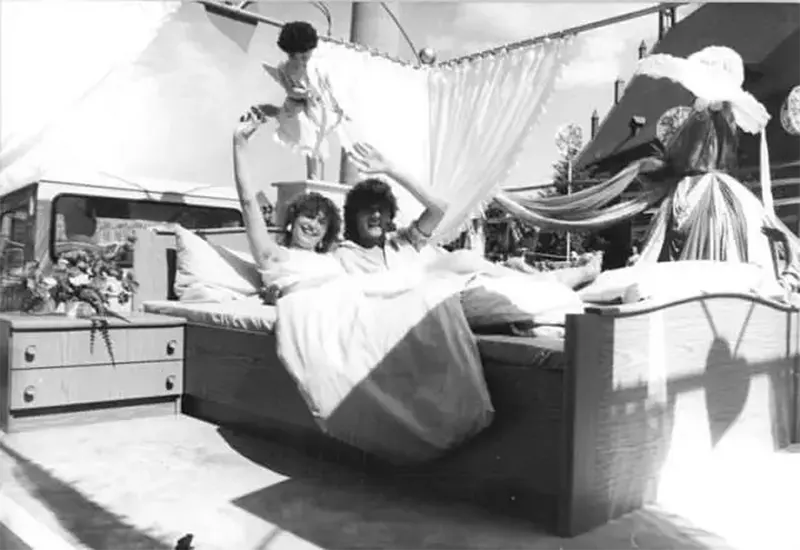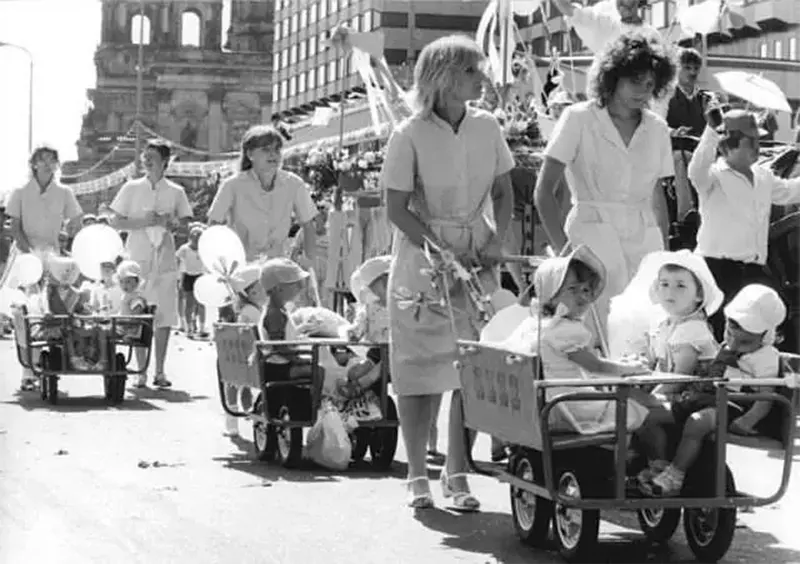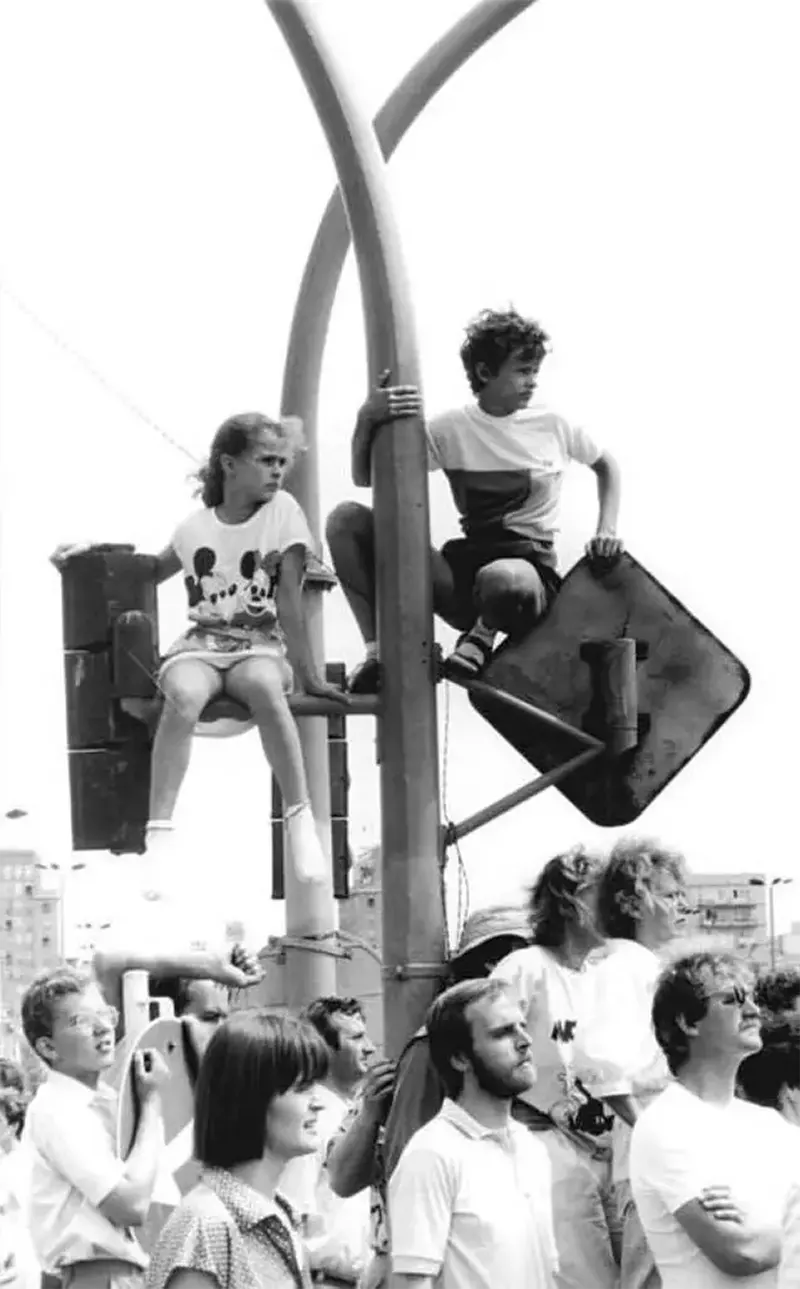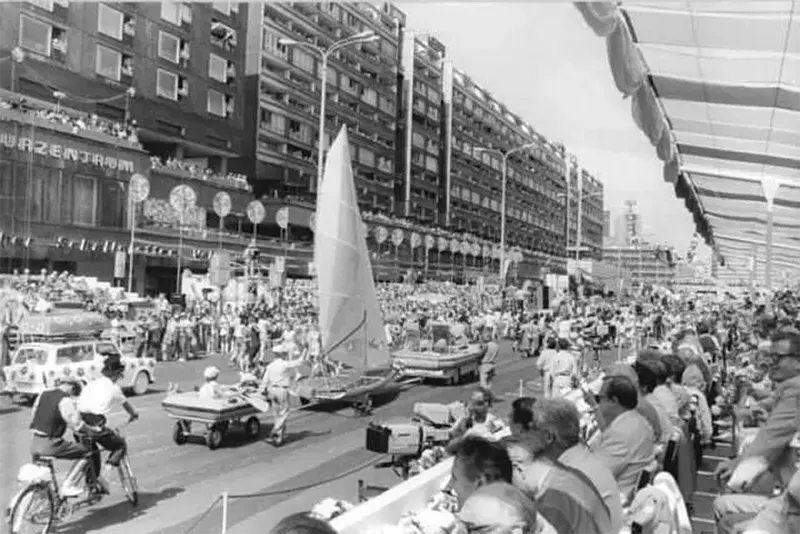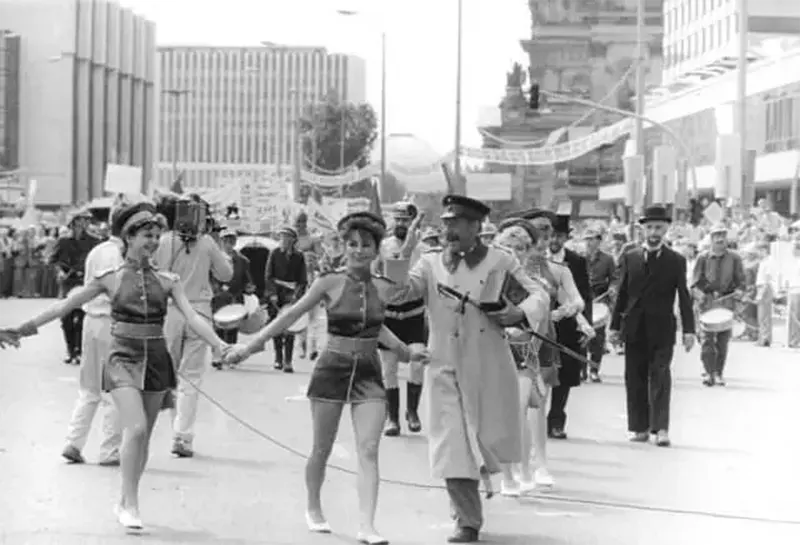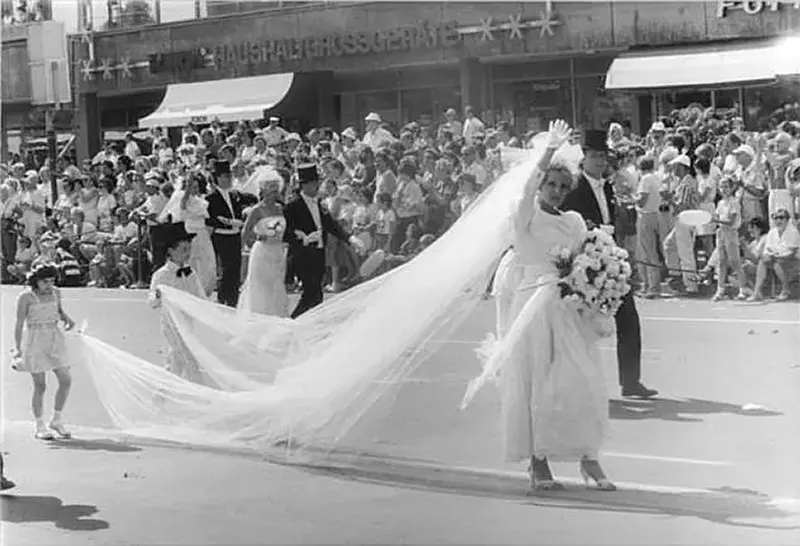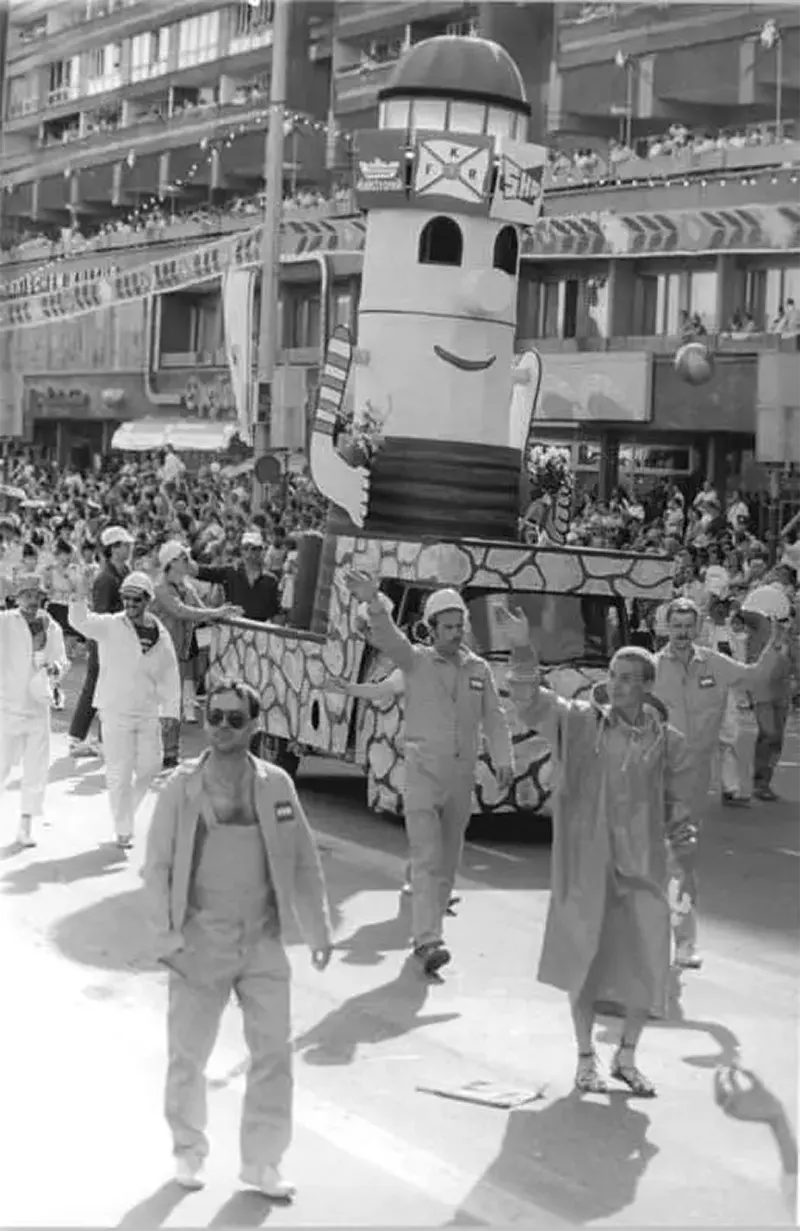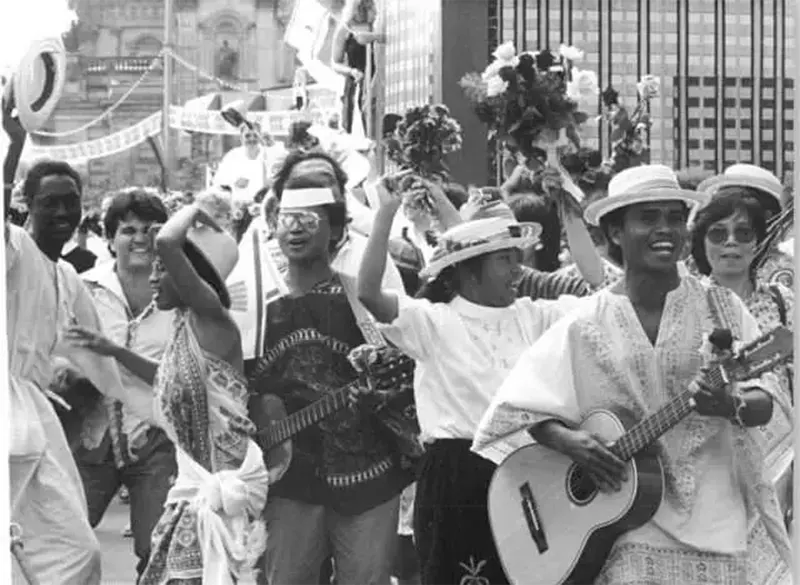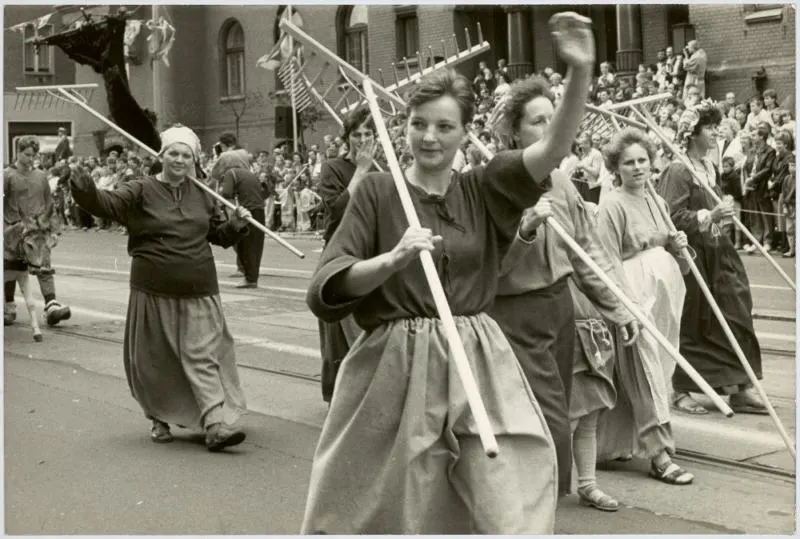In 1987, Berlin celebrated its 750th anniversary, and the city was abuzz with excitement. The Communist East German government, which ruled the eastern half of the city at the time, wanted to mark the occasion with a grand parade that showcased the country’s achievements. As the parade made its way through the city’s streets, it was clear that the East German government wanted to show off its technological prowess. The parade featured a platoon of women in high heels and bikinis, desktop computers on wheels, and other oddities.
One of the most noteworthy exhibits in the parade was the Robotron PC 1715, a workstation computer. In a time when computers were not as widespread as they are today, the Robotron PC 1715 was cutting-edge technology and a symbol of the GDR’s industrial and technological achievements. Founded in 1969, Robotron was the largest computer manufacturer in East Germany. It produced personal computers, minicomputers, mainframe computers, computer peripherals, as well as home electronics such as radios and televisions.
Unfortunately, the Robotron PC 1715 did not last. Following the reunification of Germany, the company was liquidated on 30th June 1990, and bits of it were sold to other corporations. However, the Robotron PC 1715 remains an important artifact from the GDR era and a reminder of the country’s technological achievements. The parade also included exhibits showcasing the country’s cultural and historical heritage. For example, there were displays of traditional German handicrafts, such as woodcarving and pottery, as well as exhibits showcasing the city’s history, including displays of famous landmarks and monuments.
East Berlin was the de facto capital city of East Germany (GDR) from 1949 to 1990. Formally, it was the Soviet sector of Berlin, established in 1945. The American, British, and French sectors were known as West Berlin. From 13 August 1961 until 9 November 1989, East Berlin was separated from West Berlin by the Berlin Wall. The Western Allied powers did not recognize East Berlin as the GDR’s capital, nor the GDR’s authority to govern East Berlin.
On 3 October 1990, East and West Germany and East and West Berlin were reunited, thus formally ending the existence of East Berlin. Citywide elections in December 1990 resulted in the first “all-Berlin” mayor being elected to take office in January 1991, with the separate offices of mayors in East and West Berlin expiring at the time, and Eberhard Diepgen (a former mayor of West Berlin) became the first elected mayor of a reunited Berlin.
After reunification, the East German economy suffered significantly. Under the adopted policy of privatization of state-owned firms, many East German factories were shut down. This led to mass unemployment, caused due to gaps in productivity and investment compared to West German companies, as well as an inability to comply with West German pollution and safety standards in a way that was deemed cost-effective. Because of this, a massive amount of West German economic aid was poured into East Germany to revitalize it. Despite the large sums of economic aid poured into East Berlin, there still remain obvious differences between the former East and West Berlins. East Berlin has a distinct visual style; this is partly due to the greater survival of prewar façades and streetscapes, with some still showing signs of wartime damage. The unique look of Socialist Classicism that was used in East Berlin (along with the rest of the former GDR) also contrasts markedly with the urban development styles employed in the former West Berlin.Additionally, the former East Berlin (along with the rest of the former GDR) retains a small number of its GDR-era street and place names commemorating German socialist heroes, such as Karl-Marx-Allee, Rosa-Luxemburg-Platz, and Karl-Liebknecht-Straße. Another symbolic icon of the former East Berlin (and of East Germany as a whole) is the Ampelmännchen (tr. “little traffic light men”), a stylized version of a fedora-wearing man crossing the street, which is found on traffic lights at many pedestrian crosswalks throughout the former East.Following a civic debate about whether the Ampelmännchen should be abolished or disseminated more widely (due to concerns of consistency), several crosswalks in some parts of the former West Berlin also employ the Ampelmännchen.
(Photo credit: German Federal Archives / Wikimedia Commons). Notify me of new posts by email.
Δ Subscribe

